Prompt and appropriate first aid treatment may mean the difference between life and death for the victim of a chest wound. The threat of one or both lungs collapsing is a scary, and extremely possible, situation whenever the chest wall is penetrated. Lung collapse can occur if an object punctures the chest cavity, and air enters between the chest wall and lung. In addition to lung collapse, a chest wound may cause severe bleeding, arterial injury, heart damage, or infection--all of which can be potentially life-threatening. It is imperative that appropriate steps be taken as quickly as possible to keep the chest wound clean and dry until it can be examined by a medical practitioner. The following steps provide a clear explanation of how to dress a chest wound.
Steps
-
Call an emergency response unit immediately to request help for a victim with an open chest wound.

-
Check to see if there are entry and exit wounds, particularly when dealing with a gunshot or other trajectory wound. If so, both sites will need to be treated and dressed.
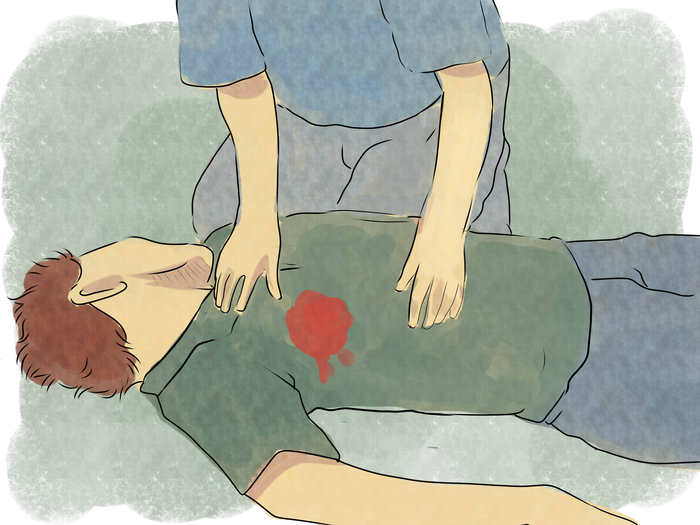
-
Expose the wound by removing or cutting any necessary clothing. If clothing or other material is stuck directly to the wound do not attempt to remove it, simply cut around it.
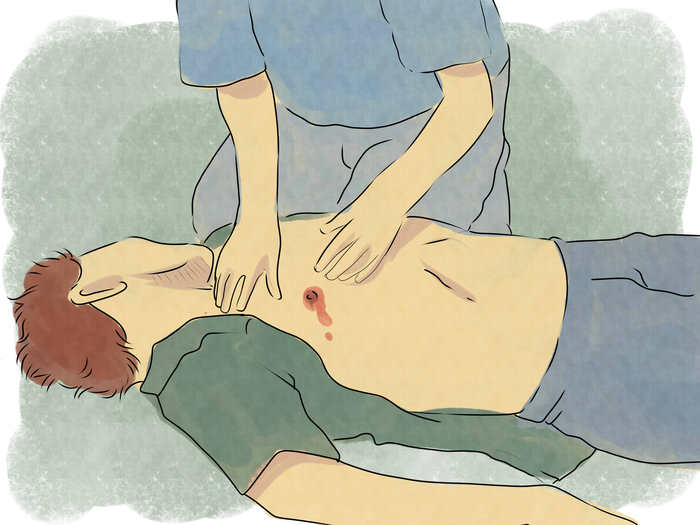
-
Cut a dressing out of airtight material that is at least larger than the wound. Plastic wrap, tin foil, or a gauze pad coated with petroleum jelly are examples of appropriate wound dressings.
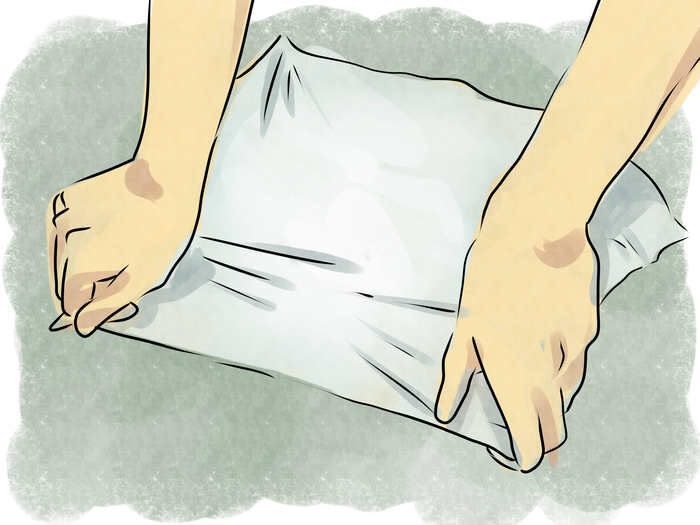
-
Seal the open chest wound to prevent air from entering the chest cavity. This can be done with any item that is thin like a plastic bag. The goal is to make a block over the wound to prevent air from rushing in.
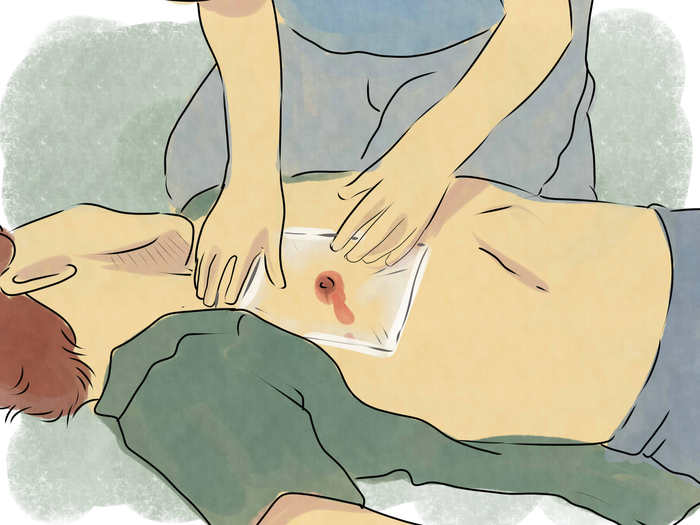
- Ask the victim to exhale completely and hold his/her breath until the dressing is firmly fixed. If the victim is unable to assist, affix the dressing between breaths when the chest cavity has fallen to indicate exhalation.

- Place the flat dressing directly over the wound to produce an airtight cover.
- Tape the top and sides of the dressing to the chest, but leave the bottom edge free to allow air to flow out from the chest cavity.
- Ask the victim to exhale completely and hold his/her breath until the dressing is firmly fixed. If the victim is unable to assist, affix the dressing between breaths when the chest cavity has fallen to indicate exhalation.
-
Position the victim with his/her injured side down to ease the workload of the uninjured lung.
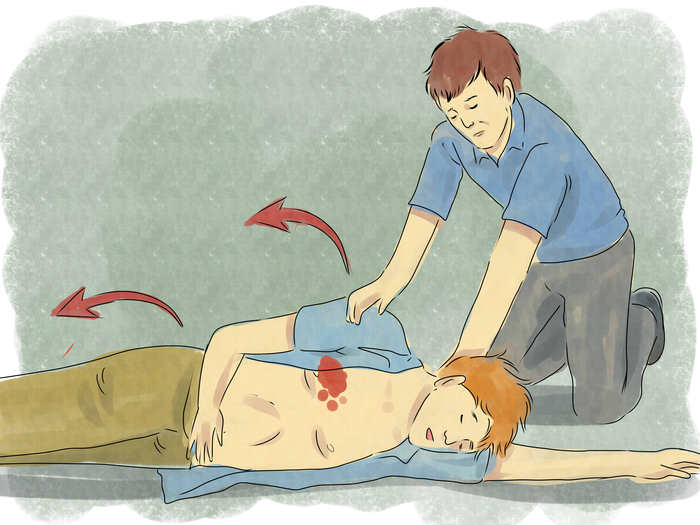
-
Apply firm pressure to the sealed wound for 5-to-10 minutes at a time, until medical personnel arrive.
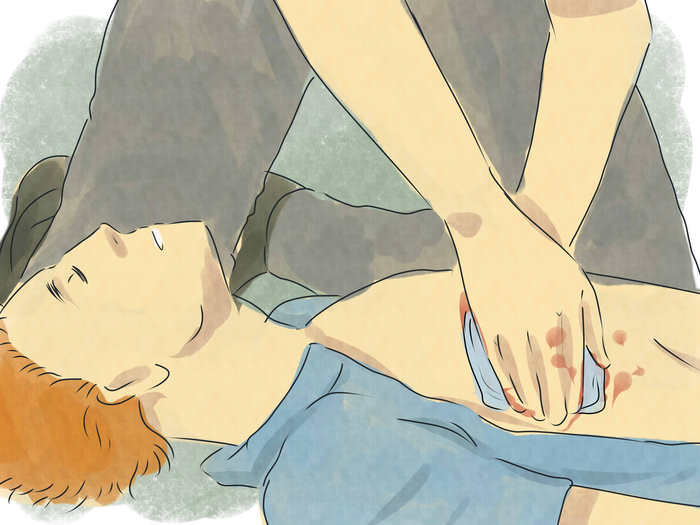
-
Monitor the victim for loss of breath, labored breathing or blue-tinged skin, which may indicate that there is air trapped within the wound. If any of these symptoms occur, quickly lift the dressing to allow all air to escape and reseal the wound.

Tips
- If there is more than one open chest wound on the victim, treat the more serious wound first.
- Once the wound is sealed, the victim may sit up while supported, if this allows for easier breathing.
- Ensure that the dressing extends at least over the edge of the wound, as too small of a dressing can be sucked into the injured area.
Warnings
- Never attempt to remove impaled objects from a wound victim. If an object is present, wrap the airtight material around it and attempt to stabilize it with clean bulky material such as a sheet, towel or bandage.